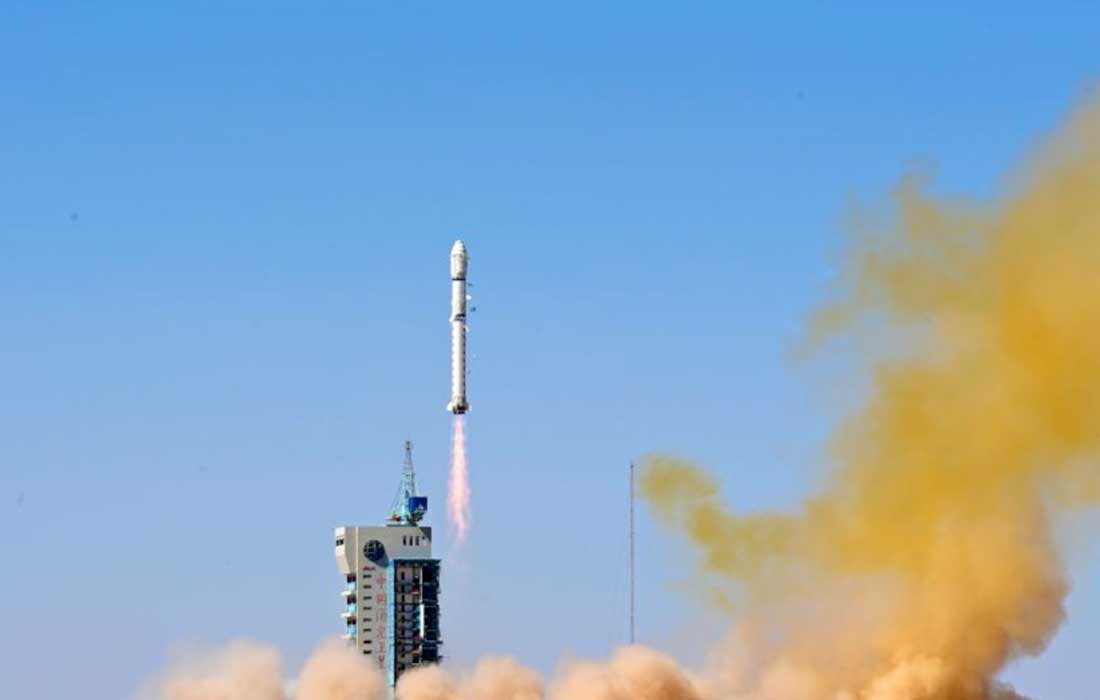
China Launches Shiyan-28B Satellite to Enhance Space Technology
SICHUAN: In a significant demonstration of its advancing space capabilities, China successfully orbited the Shiyan-28B satellite on Sunday, launched aboard a Long March-4C rocket from the Xichang Satellite Launch Centre in southwestern Sichuan Province at 16:55 Beijing time. This mission marks not only an achievement for China’s burgeoning space program but also represents an important step towards expanding its technological prowess in aerospace.
The execution of the Shiyan-28B satellite launch, the 589th flight of the Long March carrier rocket family, reflects the nation’s sustained commitment to space exploration and satellite development. After the satellite’s successful placement into its operational orbit, officials confirmed that it would primarily serve as a platform for testing various conditions in space environments and the associated technologies necessary for such explorations.
This initiative falls within the broader context of China’s established goals in enhancing its capabilities in satellite resilience, durability, and evolving space research. The Shiyan series of satellites, known for their experimental functions, plays a crucial role in this regard by serving as testbeds for new technologies designed to improve long-term performance in orbit. Through these missions, Chinese authorities aim to validate and establish innovative space systems that can support more sophisticated missions in the future.
China’s extensive and ambitious space program is characterized not only by initiatives in satellite technology but also by its forays into lunar exploration, the deployment of satellite constellations, and the ambition of executing experimental deep-space missions. With efforts aimed at ongoing in-orbit technology trials, China envisions a future where it can handle increasingly complex operations, weaving together elements of satellite communication, environmental monitoring, and scientific research in challenging extraterrestrial conditions.
The launch of Shiyan-28B notably emphasizes China’s aspirations to solidify its position as a formidable player on the global aerospace stage. As the nation expands its efforts in low-Earth orbit and is poised to explore more distant realms, including potential manned missions to the Moon and Mars, initiatives such as this one are critical to bolstering both its technological base and its strategic advantage in the ever-competitive field of space exploration.
Moreover, initiatives like the Shiyan-28B satellite launch are conducive to advancing international cooperation in space. As nations across the globe engage in the pursuit of aerospace innovation, China’s increasing capabilities could lead to collaborative opportunities, particularly in areas such as space environment research and satellite technology. As countries recognize the mutual benefits of sharing knowledge and resources, the potential for productive partnerships could become more prominent.
In light of the prevailing geopolitical climate and the growing significance of technological advancement, the global space race is more relevant than ever. China’s efforts in this domain not only demonstrate its own sovereign ambitions but also reflect the intricate tapestry of competition and cooperation that characterizes modern space exploration. With each successful launch, China garners additional credibility and recognition on the international forefront, while further inspiring advancements within its own realms of science and technology.
As the world observes these developments, the implications of such a strong space endeavor cannot be overstated. The capabilities of advanced satellite systems extend beyond the realm of mere scientific inquiry; they influence areas including national security, climate monitoring, disaster response, and global communications infrastructure. The Shiyan-28B satellite, functioning at the intersection of technology and international relations, boasts the potential to contribute insights and services that reach far beyond China’s borders, reaffirming the interconnected nature of humanity’s ventures into the cosmos.
With its eyes set firmly toward the stars, China’s ongoing commitment to space exploration through missions such as the Shiyan-28B satellite launch delivers a promising narrative of technological advancement and international engagement, one that will undoubtedly shape the future of aerospace innovation in the years to come.
Also Read:
Dubai hands over China’s most wanted gambling kingpin
